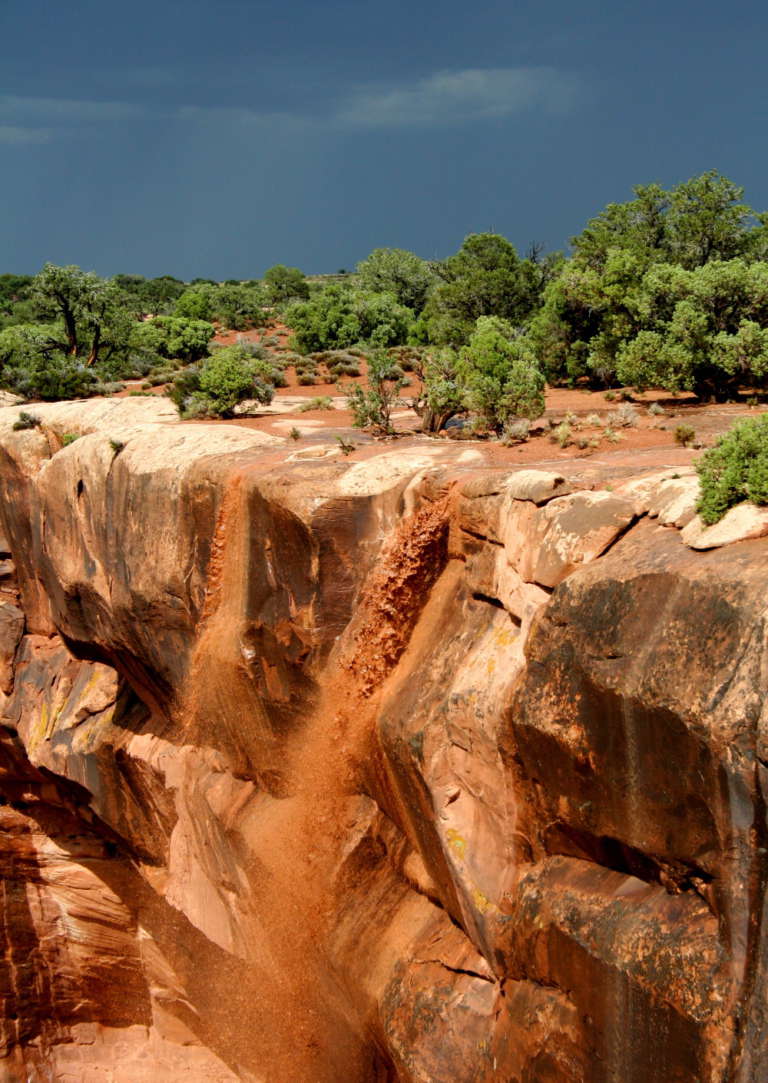Bill Dunford • Apr 21, 2013
No Place Like Home
No matter how far we venture into space, there are reminders of Earth. Take Mars, for example. In some ways it's home to such alien landscapes: impact craters, impossibly tall volcanoes, mazes of canyons, ice spiders. Yet it's been widely remarked that some places on the planet look a lot like the deserts we know. If you don't believe me, take a look at these pictures I took not far from my home in Utah.

Mars even has clouds that sometimes drift lazily through the afternoon sky. In some ways, Mars is not so different from the Earth, and vice versa. They are both very real places. The same laws of light and stone and wind are at work on both worlds, resulting in portraits of recognizable siblings.
I wish there were a word for this sense of alienness-yet-familiarity in the landscapes of other planets. "Terrasimilitude"?
On the other hand, Mars and Earth are very different in such important ways. The air on Mars is thinner than at the top of Mt. Everest, colder than in Antarctica, drier than in Death Valley. In fact, despite decades of science fiction that almost makes one forget it, we have never found, anywhere, sure signs of life beyond the Earth. Despite all our travels, all our straining at the traces of evidence, our planet is--as far as we know--utterly unique.
There is something about studying other worlds that brings the importance of our own sharply into focus. In fact, I think this ranks high among the many benefits that space exploration offers.
After poring over orbital views of Mars' empty plains and pondering the speculative possibilities of underground oceans in the outer Solar System, there is the Earth rising over the lunar horizon in pictures sent by spacecraft. It's a gem. It is immediately obvious that something very strange and almost too wonderful for words is happening within its blue-white curves.
Every trip I take into Earthly deserts reminds me of that singular beauty and the priceless shelter offered by the homeworld. Everywhere, everywhere you look on this planet—even in the desert—there is water, air...and life.
During one expedition in Utah, a cloudburst descended on the mesas and unleashed torrential rain for about ten minutes before it swept on. Then the flash floods came. Dust-red water surged suddenly through every dry channel. We followed it down to the edge of the canyon, and watched it spill over the cliff sides. A few minutes later the entire event ended as fast as it began...but the countryside bloomed for days afterward.

On Earth Day and every day, it's worth remembering that Mars is nice to visit. But there’s no place like home.
The Time is Now.
As a Planetary Defender, you’re part of our mission to decrease the risk of Earth being hit by an asteroid or comet.
Donate Today

 Explore Worlds
Explore Worlds Find Life
Find Life Defend Earth
Defend Earth

